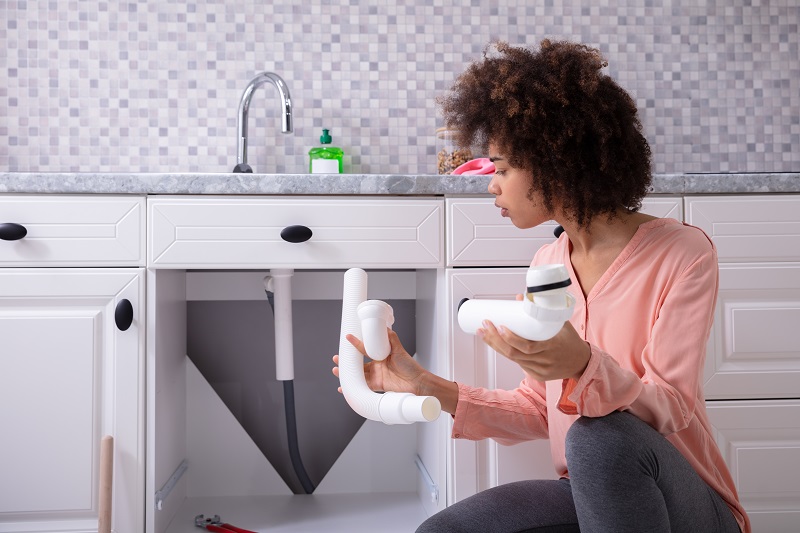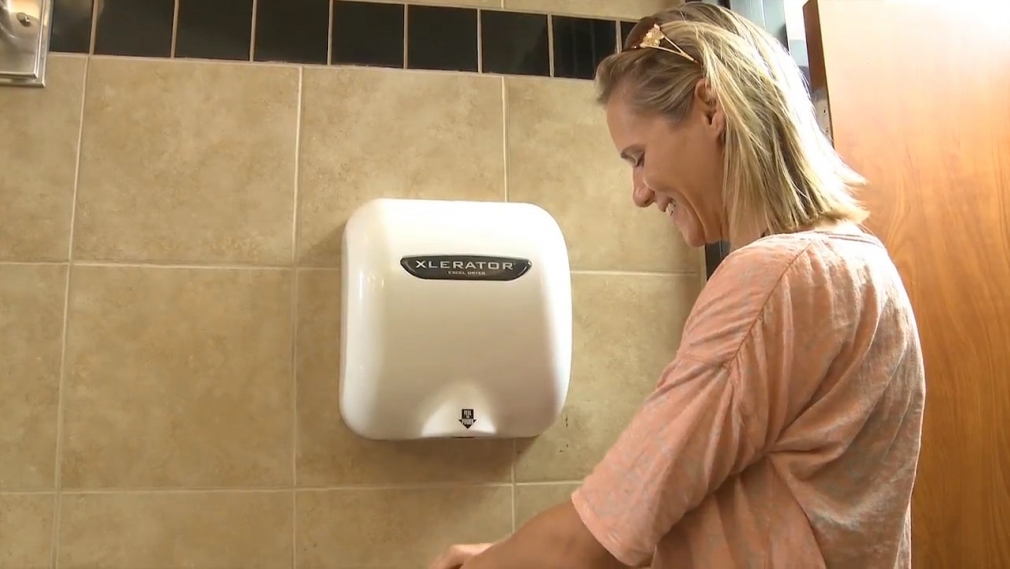5813Views 0Comments

4 Common Household Plumbing Problems (and How to Solve Them)
As a homeowner, you’re responsible for keeping your home in good working order so that it’s a comfortable place to live. That includes taking care of any plumbing problems that may arise, such as clogged drains and leaking faucets. Fortunately, most everyday plumbing problems are relatively minor and can be easily fixed with a little know-how. Then there are the problems that are still common, but also might need some professional attention. Below are some plumbing problems you might run into while trying to keep up with the maintenance of your home, and ways to go about solving them.
Clogged Drain
A clogged sink or tub drain is one of the most common plumbing problems there is. If your sink or tub is draining slowly or not at all, chances are there’s a clog somewhere in the drainpipe. The good news is that this is relatively easy to fix. First, remove the stopper from the drain and then use a plunger to try to dislodge the clog. If that doesn’t work, you may need to use a plumber’s snake to clear the drainpipe.
The best way to avoid a clogged drain is to be careful about what you put down it. Avoid pouring grease or coffee grounds down your kitchen sink, and don’t put too much food waste down the garbage disposal all at once and without the water running. With a little care and attention, you can keep your drains flowing freely.
Leaky Faucet
A leaky faucet is a fairly common plumbing problem. If your faucet is dripping, it’s likely due to something like a worn-out washer. To fix this, you’ll need to remove the screw that holds the handle in place and then unscrew the retaining nut that holds the washer in place. Once you’ve done that, you can replace the washer with a new one and then reassemble the faucet. While this repair may take a few minutes, it’s a relatively easy fix that anyone can do.
There are a few other reasons why your faucet might be leaking, such as a loose connection or a damaged valve seat. However, in most cases, a leaky faucet can be fixed by replacing the washer. Best of all, it will help you save water and money on your utility bills.
Toilet That Won’t Flush
If your toilet won’t flush, there are a few possible causes that might be behind the problem. One of the first things you can try is checking the water in the tank. If the water is low, you can add more to get it to flush and then investigate the fill tube. The fill tube might need to be repositioned, and if that doesn’t fix the problem then it’s time to replace the tube.
If the water isn’t the problem, you can check to see if something is blocking the toilet’s flapper valve, the component that allows water out of the tank and into the valve. It could be that the chain that lifts the valve to open it is too long, and removing the slack is all you need to fix. When the chain on a flapper valve is too long, the valve can’t rise high enough to open completely, meaning flushing becomes difficult since water can’t pass as easily from the tank to the bowl.
Finally, if neither the water nor the flapper valve seems to be the issue it’s possible that there’s something wrong with the toilet’s flushing mechanism itself and then the best answer is to call a plumber, someone like My Texas Home Services. They’ll be able to quickly and easily diagnose the problem and get your toilet flushing properly again in no time.
Blocked Sewer Line
If sewage is backing up into your home through drains or toilets, this indicates that your main sewer line is blocked. This is usually due to things such as tree roots growing into the pipe or a build-up of grease, soap scum, or other materials (a big reason as to why it’s important you’re careful about what you pour down your sink). It can also be caused by objects like diapers or sanitary napkins being flushed down the toilet, so never flush anything that you could instead throw in the trash or are not specified as being able to go down the toilet.
No matter what, a clogged sewer line is a problem that needs to be fixed as soon as possible by a professional plumber. Otherwise, you run the risk of sewage continuing to back up into your home, which can cause extensive damage and lead to expensive repairs. If you’re working with a septic tank system, a clogged sewer line means that effluent can’t flow out of the tank and will instead back up, which can lead to your entire septic system failure or even bursting if the problem persists long enough.
There are a few ways that plumbers can clear a clogged sewer line, but the most common method is hydro jetting. This involves using a high-pressure water hose to blast through the blockage, clearing it away so that your sewer line can function properly again. Hydro jetting is effective for removing all types of blockages, including grease, soap scum, tree roots, and anything else that might be causing problems.
Several common household problems can be easily fixed with a little know-how and the right tools. From a leaking faucet to a blocked sewer line, these issues can often be resolved without having to call in a professional. However, if the problem persists or you’re unsure of how to proceed, it’s always best to err on the side of caution and contact a licensed plumber. They’ll be able to quickly diagnose the problem and get your home back in working order in no time.


